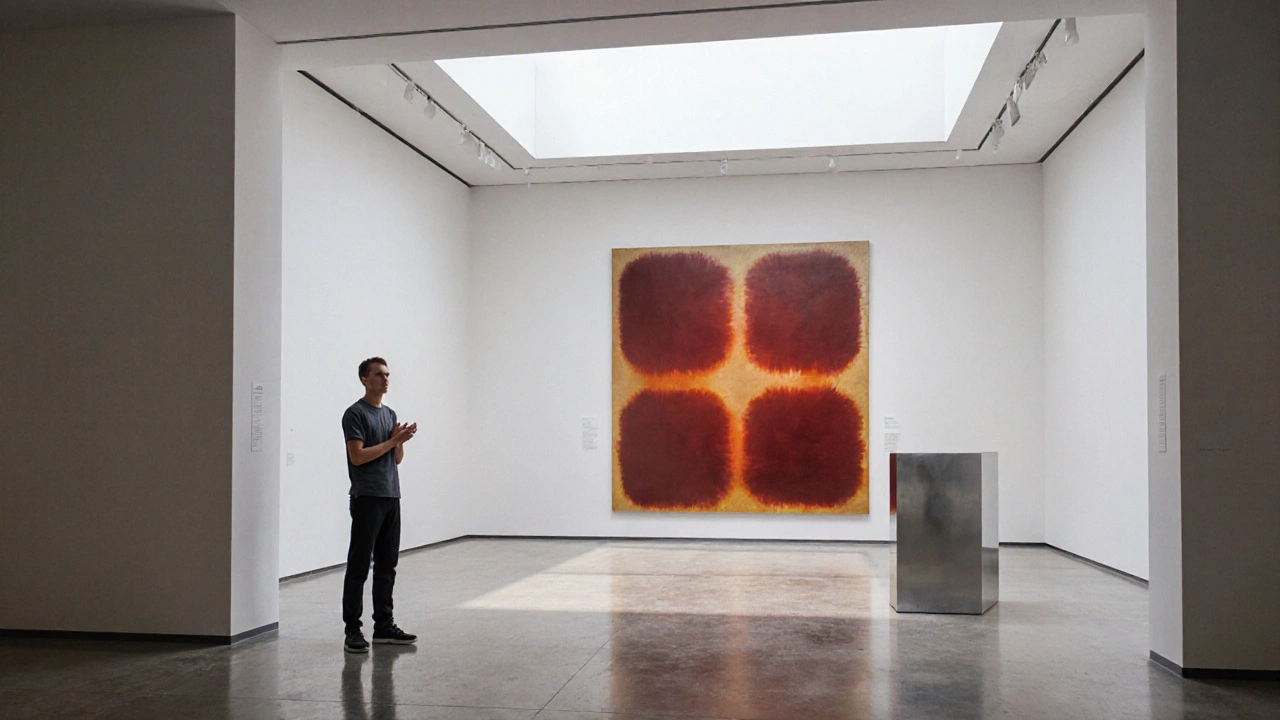Modern Art Debate: Insights, Trends, and Controversies
When you hear the term modern art debate, a lively discussion about the meaning, value, and direction of modern art. Also known as modern art controversy, it pushes artists, collectors, and fans to question what art can be.
The debate is rooted in modern art, art created from the late 19th century onward that breaks from traditional aesthetics, a movement that opened doors for new materials, ideas, and formats. Because modern art debate includes so many voices, it constantly evolves, reflecting cultural shifts and technological advances.
Why the Conversation Matters
Contemporary art, the art of today that builds on modern foundations while responding to current events fuels the conversation by adding fresh perspectives. When a gallery shows an interactive installation, critics ask whether the experience counts as "art" or "technology." This question shows how contemporary art influences the modern art debate, expanding the criteria for artistic merit.
Another hot topic is abstract art, non‑representational work that emphasizes color, form, and emotion over realistic depiction. Fans argue that abstraction pushes the boundaries of visual language, while skeptics see it as vague. The clash illustrates how abstract art often fuels the debate, forcing viewers to confront personal taste versus artistic intention.
Street art also plays a crucial role. It brings art out of galleries and onto public walls, challenging notions of ownership and legitimacy. By questioning who gets to decide what qualifies as fine art, street art challenges traditional definitions within the modern art debate. Its rapid rise on social media shows the power of grassroots movements in shaping artistic discourse.
Technological tools add another layer. AI‑generated pieces, 3D‑printed sculptures, and virtual reality installations blur the line between creator and algorithm. When a museum showcases a neural‑network painting, the debate shifts to whether machines can be artists. This reflects the semantic triple: "Modern art debate requires understanding of emerging technologies."
Economic factors also shape the conversation. Auction houses report record prices for a handful of iconic works, while emerging artists struggle to find buyers. The tension between market value and artistic value raises questions like: Does a high price legitimize a piece, or does it distort the true purpose of art? This ties back to the idea that the debate "encompasses differing views on artistic value."
Education plays a part too. Art schools now teach interdisciplinary courses that merge theory, practice, and digital media. Students graduate with a toolkit that includes traditional brushwork, coding skills, and curatorial knowledge. This blend ensures the next generation will keep pushing the debate forward, reinforcing the triple: "It requires understanding of modern art styles."
Public opinion matters as well. Social media platforms allow anyone to comment on a new exhibition instantly. Viral posts can either champion a controversial piece or spark backlash. This democratization means the modern art debate is no longer confined to critics and curators; it's a global conversation.
Geography influences perspectives too. Artists in New York might focus on conceptual installations, while those in Berlin explore political graffiti. Regional differences highlight how local culture shapes the overarching debate, showing that "contemporary art influences the modern art debate" across borders.
Finally, the future of the debate will likely hinge on sustainability. Eco‑friendly materials, recycled sculptures, and climate‑focused installations are gaining traction. As the art world responds to ecological concerns, the conversation will expand to include ethical responsibilities, adding a new dimension to the ongoing discourse.
Below, you’ll find a curated collection of posts that dive deeper into each of these angles—from techniques that brighten oil paintings to analyses of the toughest art styles. Whether you’re a practitioner, collector, or curious observer, the articles ahead will give you practical insights and fresh viewpoints to keep you in the loop of the modern art debate.
